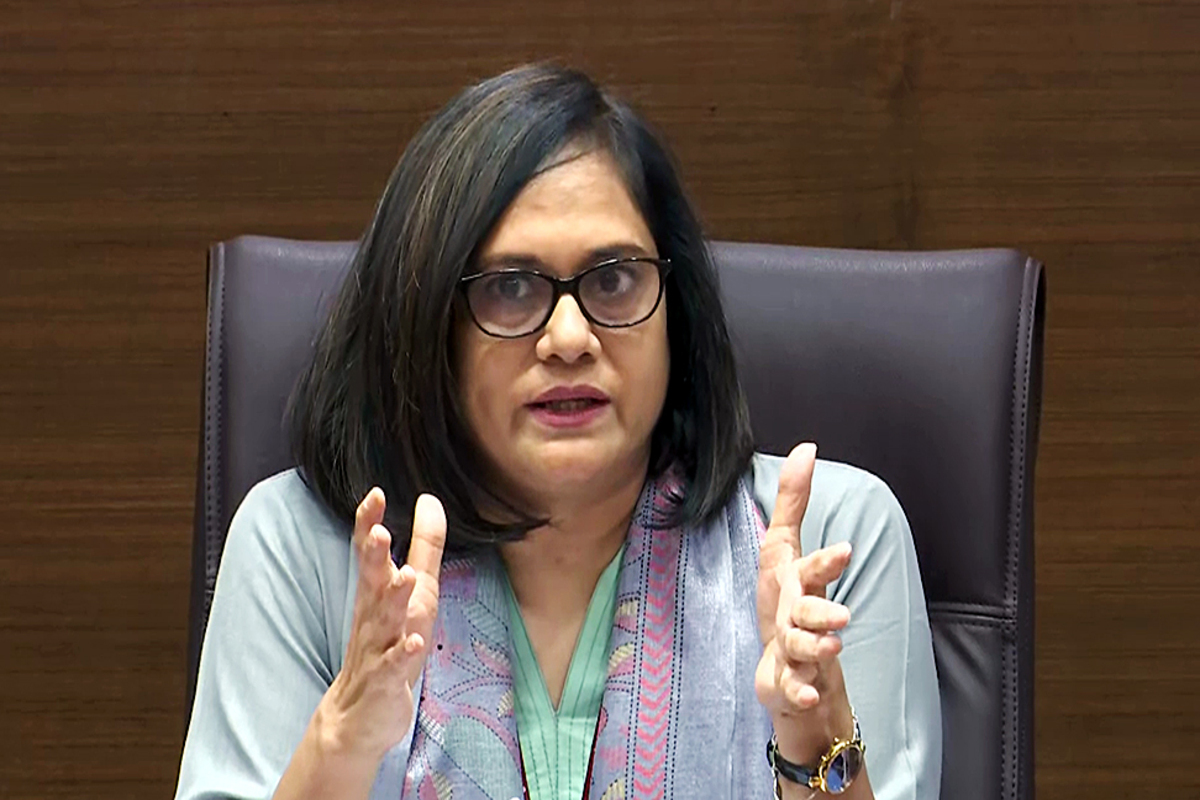Two days after the tragic three-train collision in Odisha’s Balasore district that claimed the lives of 275 passengers, the Railway Board on Sunday said the initial probe into the incident has revealed that there was some issue with the signalling system and only Coromandel Express met with an accident.
Approximately 1,000 people were injured in the tragic train accident that occurred on Friday evening. The three-way accident involved Bengaluru-Howrah Superfast Express, the Coromandel Express, and goods train on three separate tracks at Bahanaga Bazar Station in Odisha’s Balasore district.
Addressing a press conference here, Jaya Varma Sinha, Member of Operation and Business Development, Railway Board, said, “According to the preliminary findings, there has been some issue with the signaling. We are still waiting for the detailed report from the Commissioner of Railway Safety. Only Coromandel Express met with an accident. The train was at a speed of around 128 km/h.”
She said the Board has set up an independent inquiry.
In a major breakthrough in the tragic accident, she said the goods train did not get derailed since it was carrying iron ores and had maximum damage on Coromandel Express.
“The goods train did not get derailed. Since the goods train was carrying iron ores, the maximum damage of the impact was on Coromandel Express. This is the reason for a huge number of deaths and injuries,” Sinha said.
She further said that derailed bogies of the Coromandel Express hit the last two bogies of the Yashwantpur Express.
“The derailed bogies of Coromandel Express came on the downline and hit the last two bogies of Yashwantpur Express (Bengaluru-Howrah) which was crossing at the speed of 126 km/h from downline,” she said.
Sinha said that the Railways first focused on relief and rescue work after the accident.
“Railways first did relief and rescue work after the accident and after that repair work is being done. There are four lines at Bahanaga station. It has two main lines. There was a goods train on the loop line. The driver had received the green signal at the station. Both vehicles were running at full speed,” she said.
The official further said the helpline number has been made available for the family members of the injured or deceased.
“Our helpline number 139 is available. This is not a call centre number, our senior officers are answering the calls and we are trying to connect as many people as possible. The family members of the injured or deceased can call us and we will make sure that they are able to meet them. We will take care of their journey and other expenses,” Sinha said.
Indian Railways also said the indigenously-developed automatic train protection system “Kavach,” which was not installed on the route where the accident in Odisha’s Balasore occurred on Friday evening, could not have prevented it.
In response to West Bengal Chief Minister Mamata Banerjee’s query about the absence of Kavach, Sinha reiterated Railways Minister Ashwini Vaishnaw’s statement that the crash was unrelated to Kavach.
According to her, Kavach would not have prevented such an accident as there are certain incidents that no technology in the world can avert, citing the example of boulders suddenly falling in front of vehicles to illustrate her point.
Sinha said the system is designed to detect instances where a locomotive pilot jumps a signal, known as Signal Passed at Danger (SPAD), which is one of the primary causes of train collisions. When the system identifies another train on the same track within a predetermined distance, it promptly alerts the locomotive pilot, takes control of the brakes, and automatically brings the train to a halt.
“Currently, restoration work is in progress at the incident site, and it is anticipated that two railway lines will be operational by 8 pm. today. However, trains are expected to operate at reduced speeds initially. An inquiry is underway, with investigations being conducted from various perspectives. While the initial assessment suggests that the issue could be related to signalling, no conclusive authentication can be provided at this time,” Sinha added.
Indian Railways has made special arrangements at helpline number 139 to facilitate family, friends and relatives of deceased persons and passengers stranded in the tragic Train accident in Odisha.
A team of senior officers is manning the helpline 24×7 and will provide all the relevant details to the callers after coordinating with the Zonal Railways and the state government. This service will continue uninterrupted and will ensure prompt disbursal of enhanced ex-gratia announced by the Minister of Railways: Rs 10 lakh in case of death; Rs 2 lakh towards grievous injuries and Rs 50,000 for minor injuries.
The aim of the Railway Helpline 139 is to provide a helping hand and to give correct and satisfactory information to the aggrieved passengers and their kins in this trying time.
So far, Railways have disbursed Rs 3.22 crore as ex-gratia in 285 cases (11 death cases, 50 grievous injuries cases, 224 simple injury cases). Indian Railways is paying an ex-gratia amount at seven locations (Soro, Kharagpur, Balasore, Khantapara, Bhadrak, Cuttack, Bhubaneswar).
